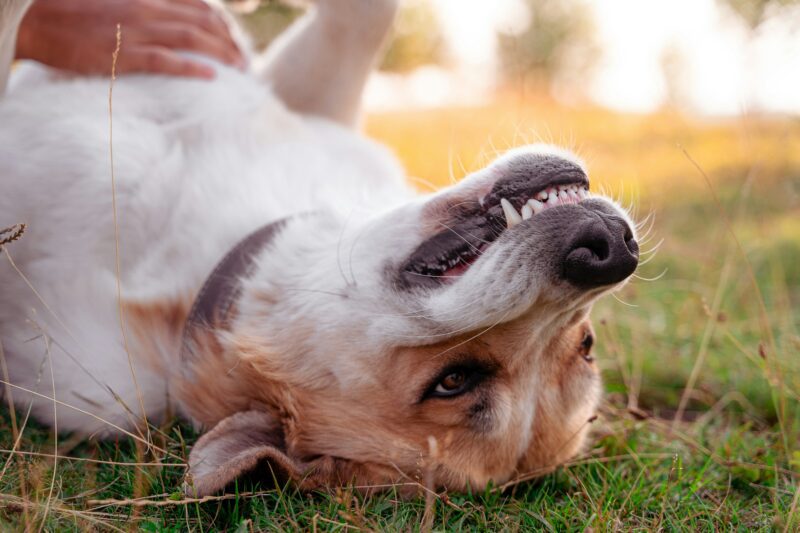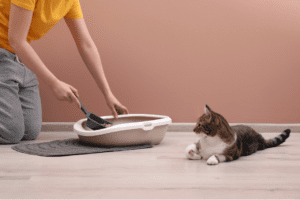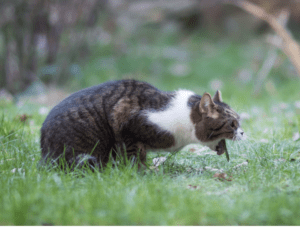Let’s face it – convincing your pet that teeth brushing is a good idea can feel like trying to teach a kitty cat to do tricks. Tricky, right? Maintaining their oral health is crucial for their overall well-being, yet convincing them to embrace teeth brushing can be a challenging task. However, with patience, positive reinforcement, and a bit of creativity, you can transform this necessary routine into a bonding experience that your canine and feline housemates may even enjoy. In this blog post, we’ll explore some practical tips on how to make your pet not hate getting their teeth brushed.
Start with Positive Associations
To make teeth brushing a positive experience for your loyal sidekick, start by introducing the toothbrush in a friendly manner. Let your kitty and doggo sniff and play with it before beginning the brushing. Throughout the session, be gentle, pat your beloved beast, and talk to them. After each brushing, offer treats, praise, or playtime as a reward, creating a pleasant experience with the activity. Consider using a clicker, whistle, or a specific word as a reward cue for kitties and doggies, pairing it with treats or praise to reinforce positive behavior. Don’t forget to use a release command when the session is complete, ensuring clear communication with your pet.
Use Tasty Toothpaste
Enhance your teeth-brushing experience by investing in toothpaste with flavors that they love. Experiment with various flavors such as chicken or beef to find the one your tail-wagger enjoys. Let your four-legged friend sample different flavors beforehand to discover their favorite, potentially turning teeth cleaning into a delightful experience. Consider toothpaste with Stevia, known for its safety in canine buddies and antibacterial properties. Look for products approved by the Veterinary Oral Health Council for high-quality options. It’s crucial never to use human toothpaste on fidos, as certain ingredients can be harmful to them.
Make It Playful
Encourage your cuddly companions to enjoy teeth brushing by turning it into a game. Gently lift their lips, playfully maneuver the toothbrush around their teeth, and incorporate light touches while offering praise. Some pets may even find the gum massage and hooman attention enjoyable during daily oral care. Maintain a positive and enthusiastic tone throughout each brushing session. Integrate teeth brushing into a routine where your fuzzy debonair gets treats, playtime, or a walk afterward, making it a prerequisite for engaging in enjoyable activities.
Choose the Right Tools
Consider your woofie’s sensitivity when choosing a toothbrush. Opt for brushes designed for pets, ensuring the right size and softness Use specially designed pet toothbrushes with softer bristles and angled heads for effective cleaning. For newcomers and pups with smaller mouths, a child’s toothbrush is ideal. Finger brushes are also a good option for a hands-on and less intrusive experience. While finger brushes work well for whiskered pals and small bow-wows, long-handled brushes provide a better reach for larger dogs.
Gradually Increase Brushing Time
Introduce teeth brushing to your pet gradually, starting with short sessions and increasing the time as they become more comfortable. This gradual approach builds trust and familiarity without overwhelming your faithful sidekick. If your hairy buddy becomes upset, wait for them to calm down before resuming. Begin with a few easy-to-reach teeth, focusing on the outside and back teeth where plaque tends to collect. If cleaning the inside is challenging, don’t worry, as their tongue helps maintain cleanliness. Aim for daily brushing, but even once a week can make a difference. Maintain a calm yet firm attitude, employing positive reinforcement techniques to help your petted best friend adjust to the teeth brushing routine.

Put Gauze On Your Finger
If your pawed comrade resists a traditional toothbrush, try using a piece of gauze wrapped around your finger. This approach is less intimidating and more comfortable, especially during the initial training stages. Get your four-legged mate accustomed to having a finger in their mouth first before transitioning to a toothbrush. Begin by wrapping gauze around your finger and rubbing their teeth with a dry pad. Gradually introduce rewards, praise, and choose a calm time for these sessions. Once your domesticated creature accepts this behavior, dampen the gauze pad with warm water for a gentler experience.
Use Dental Wipes
If traditional brushing is challenging, consider using dental wipes as an alternative. These wipes are designed to clean your pet’s teeth without a brush, featuring a soft texture and ingredients like baking soda to control bacteria and reduce plaque. Gently rub the wipes on their teeth and gums, offering a fuss-free option that contributes to dental well-being. While not as effective as a toothbrush, they help acclimate your pet comrades to the sensation of having something against their teeth. Additionally, there are edible dental chews available, offering both plaque control and entertainment for your pet.
Consistency is Key
Consistency is crucial in training your four-legged housemate for teeth brushing. Establish a regular routine, aiming for daily sessions. If daily brushing is not possible, try to do it at least 2-3 times a week. Designate a specific area for dental care, whether it’s a cozy spot in the living room or a favorite blanket. This consistent space reinforces the routine, signaling to your pawsome housemate that dental care is a regular, non-threatening part of their environment.
Making your adored beast love teeth brushing is an achievable goal with a sprinkle of positivity, a dash of patience, and a dollop of creativity. By transforming this necessary task into an enjoyable experience, you not only enhance your feline and canine bestfriend’s oral health but also strengthen the bond you share. So, gear up for a dental care revolution, where toothbrushes become agents of joy, and teeth brushing evolves into a cherished moment for both you and your beloved pet.









